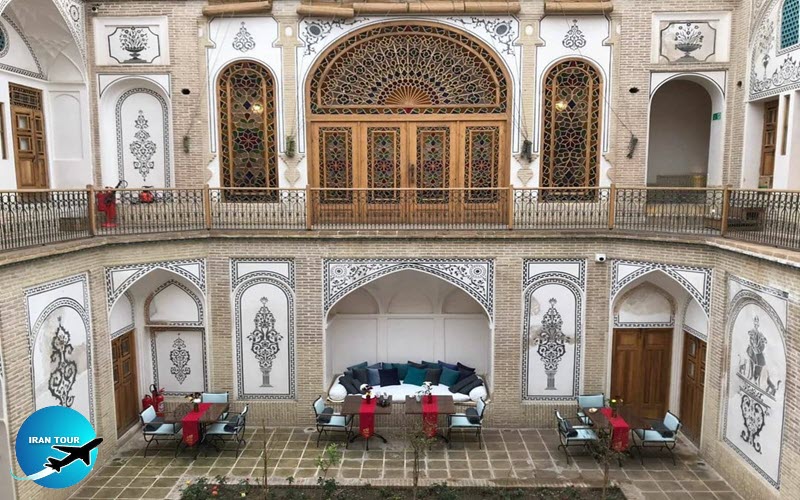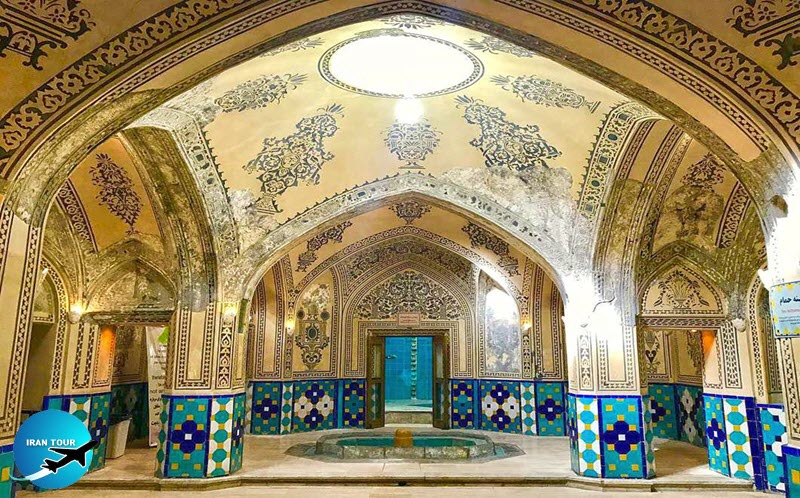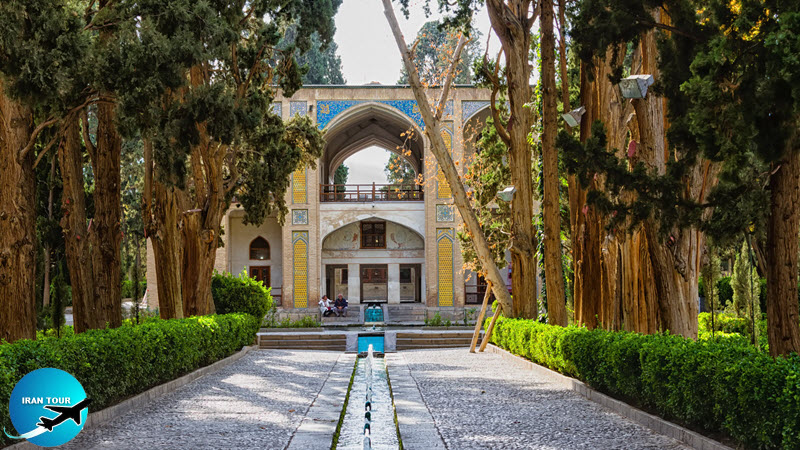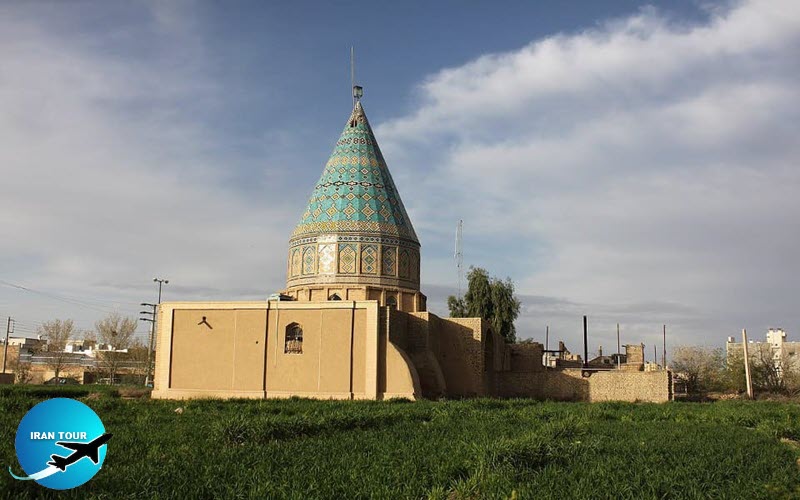Copyright 2020 - 2021 irantour.tours all right reserved
Designed by Behsazanhost
ARCHITECTURE OF HISTORICAL HOUSES IN KASHAN
Persian vernacular architecture and urbanism, are impressively rich with observant techniques applied by the early inhabitants. Architects used to protect themselves from different weather conditions. While energy consumption has not been defined as today, the Persian vernacular version of architecture has utilized some passive design methods by attending to the potential of the region. Furthermore, Iranian traditional buildings, architectural or structural aspects, have all taken shape based on natural sources of energy. These buildings have been designed in such a fashion to take in maximum sunlight in winter and maximum shade in summer, for better natural ventilation and good comfort.
- Details
- Category: KASHAN HISTORICAL SITES
Sultan Amir Ahmad Bathhouse
Sultan Amir Ahmad Bathhouse is a traditional public bathhouse in Kashan Isfahan province in central Iran is a masterpiece of Iranian architecture. Built during the Safavid era, the bathhouse suffered damage in 1778 as a result of an earthquake and was renovated during the Qajar era. It underwent restoration in 1996. The bathhouse is named after Imamzadeh Sultan Amir Ahmad, whose mausoleum is located nearby.
- Details
- Category: KASHAN HISTORICAL SITES
Feen Garden
A spring of crystal clear water originating in the Karkas mountain range and gushes from a spring called Suleimanieh supplies Fin Gardens. The people of Kashan have built many pleasant gardens near this spring since pre-Islamic times. The ruins of the former garden clearly show a long period of occupation between the 10th and 16th centuries. The garden we see currently was constructed after a devastating earthquake in 1574.
- Details
- Category: KASHAN HISTORICAL SITES
Sialk Mounds
The Sialk mounds are among the most ancient sites of civilization on the Iranian plateau. The two mounds are called the Greater Sialk (southern mound) and the Smaller Sialk (northern mound). These imposing tumuli and the relics they contain are the remains of the ancient city of Sialk, which, according to the research carried out in 1932-37 by French Prof. Ghirshman, was inhabited by highly civilized people from the 5th millennium B.C. or earlier.
- Details
- Category: KASHAN HISTORICAL SITES
Mausoleum of Abu Lolo
Standing just outside Kashan on the way to Fin is the mausoleum of Baba Shoja al-Din, better known as Abu Lolo. Greatly honored by the local Shiite community, he was allegedly the assassin of Omar, the second Muslim caliph. According to Islamic chronologies, his name was Firuz, and in his youth, he practiced some crafts in Fin. He was brought as a slave to Medina, where he performed his notorious assassination. The story goes that he was pursued as far as the present Kashan by Omar's warriors, who were close to catching him in the desert.
- Details
- Category: KASHAN HISTORICAL SITES




